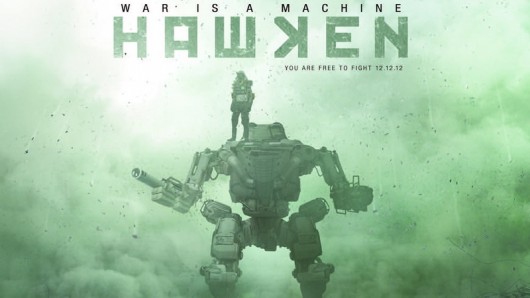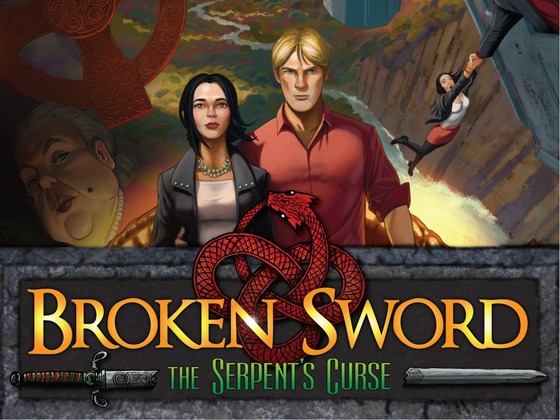Back for
the New Year with an ambitious New Project... building a Game
Environment in CryEngine to hone those Level Design and 3D modelling
skills to a finer degree.
Here's my Learning Agreement for BA5 Production:
Name: Craig A Rouse
Proposal: What do you intend to do?
I
intend to concept, level design and build a 3D environment, in Maya,
that can be exported to CryEngine or UDK and explored with the default
First Person character.
The
environment will be a section of the Jupiter moon Almathea with a
Survey Vessel from the Callisto Outpost. It will be possible to enter
the Vessel and explore the interior. Due to time constraints a limited
amount of interactivity will allow doors to open and lights to be
switched on and off etc. As detailed below, other gameplay elements will
be ‘designed into’ the environment.
I also intend to build an explorable section of the Moon environment using the terrain tools.
Although
concepts will be based upon the ‘real’ moon Almathea I will make the
environment more interesting for the player by emphasizing and
exaggerating naturally occurring geological phenomena, such as glaciers,
in order to inspire a sense of awe by artistically creating a truly
extraterrestrial space.
I will also aim to embed certain gameplay ideas into the environmental space. These include:
A
static 3D model of a protagonist that occupies a Medical Treatment
Centre space, currently in a ‘coma’. The character model will be
designed to allow for rigging at a later stage.
The
Survey Vessel Interior will be designed with enough space to allow
freedom of movement throughout i.e. doors, walkways, corridors and
living spaces will be accessible by the First person default character.
The
Vessel Interior will also be designed with other levels of Gameplay
embedded into it, such as the ability to move through the space in a
‘Stealth Mode’ i.e. accessing maintenance tunnels and hatches etc.
The Interior will also include various objects that will ‘tell a story’ to the Player, giving clues about the absent crew.
A
route to a nearby ‘crash-site’ investigation area will also be built
into the terrain. If time permits the ‘crash-site’ will also be built.
Assessment Work:
Schedule of Work: (to include the deadline for submission of assessment):
Research, Concepting and Level Design: 10/12/2012 – 07/01/2013
Concept and Level Design Document delivery: 09/01/2013
3D Modelling, Texturing and Exporting to CryEngine/UDK: 09/01/2013 – 05/02/2013
Testing and Refining/ Assessment Documentation Prep: 06/02/2013 – 14/02/2013
Submission Assessment Deadline: 15/02/2013
I
wanted an environment that was unusual and unearthly with an awe
inspiring view of a huge planet. Jupiter V seemed a good choice (and
also sounds quite cool as a Project name!)
Here are a few images of Almathea the
fifth moon of Jupiter. Almathea is the name of the goat who suckled
Zeus, or Jove when his father Chronos regurgitated him. The name also
seemed appropriate given the original idea for this game
scenario...(more of that later!)

I spent a few hours sourcing topographic maps of Almathea and also hi-res textures for Jupiter.
I then built a simple scene in Maya and mapped the biggest Jupiter texture I could find to a polygon sphere.
I then used a greyscale image made from the topographic map in Photoshop to create some basic geometry for Almathea.
It was very basic; just an embarrassing blob! There had to be an easier way...
Fortunately the free, open source, space simulation tool Celestia has
a vast resource of 3D models. Looking through their archives I managed
to find a 3ds model of Amalthea. I converted this 3ds model into an obj,
applied a normal map I made from the greyscale and...
Et voila! Almathea!
I
scaled Jupiter and Almathea so that they would reflect the actual size
and distance from each other, using the the mean orbital distance of
Almathea. Therefore, the scene view from the surface of Almathea should
correspond to the actual view. I could have done this using Celestia but
I had already started this in Maya and it was relatively easy to do.
This Body Size Calculator resource at www.solarvoyager.com was incredibly useful; it works out the dimensions in pixels the astronomical object occupies in the image! Using data from NASA I was able to work out exactly how the magnificent massive gas giant Jupiter looks from the surface of Almathea.
So, after alot of research, and parsing about, I had my initial 3d concept of the view from the moon of Almathea...
Hmmm...it's a bit dark out here. And, frankly, a bit boring.
Literally no atmosphere.
I learnt an IMPORTANT LESSON from this exercise!
Even
if something is modelled for realism it won't necessarily be exciting
and engaging! We are ARTISTS, we embellish, extrapolate, hone, polish
and glamourise. We should choose elements of the real and elaborate with
our vision and imagination to entertain and bedazzle!
We are the purveyors of the extra-ordinary. We tease forth incredible vistas and spin the stuff of dreams.
This
is why we concept and test ideas. I would be working with CryEngine 3,
one of the most advanced game engines on the planet, capable of
rendering incredible atmospheric effects in real time and I was
considering a setting that was deep in space with little to no light and
literally no atmosphere for that light to bounce around and excite the
visual cortexes of the player. Almathea had the potential to be an
excellent game environment. The dark and silence could be incredibly
evocative in it's own right but that will take more skill than I
currently possess. I was Silent Running before I could Spacewalk...
I
needed to find an extraterrestrial body with an atmosphere. There was
only one place to go...the only other moon in the solar system with an
atmosphere.
Saturn VI.
Notes from 28/12/2012
Been
thinking about the moon of Almathea which has a good view of Jupiter
but otherwise quite a dull environment i.e. no atmosphere (literally!)
Have
decided to place the environment on Titan instead. Has a good view of
Saturn with it's beautiful rings and also a rich geologically active
topology and exotic, tangerine, methane atmosphere.
It's
also a contender for a visit due to it's wealth of hydrocarbon lakes
and potential for extraterrestrial biological organisms.
So, will be researching Titan instead. There may even be some 3D information that could be used to construct a RAW or Heightmap!









.jpg)















,+The+Body+of+the+Dead+Christ+in+the+Tomb.jpg)